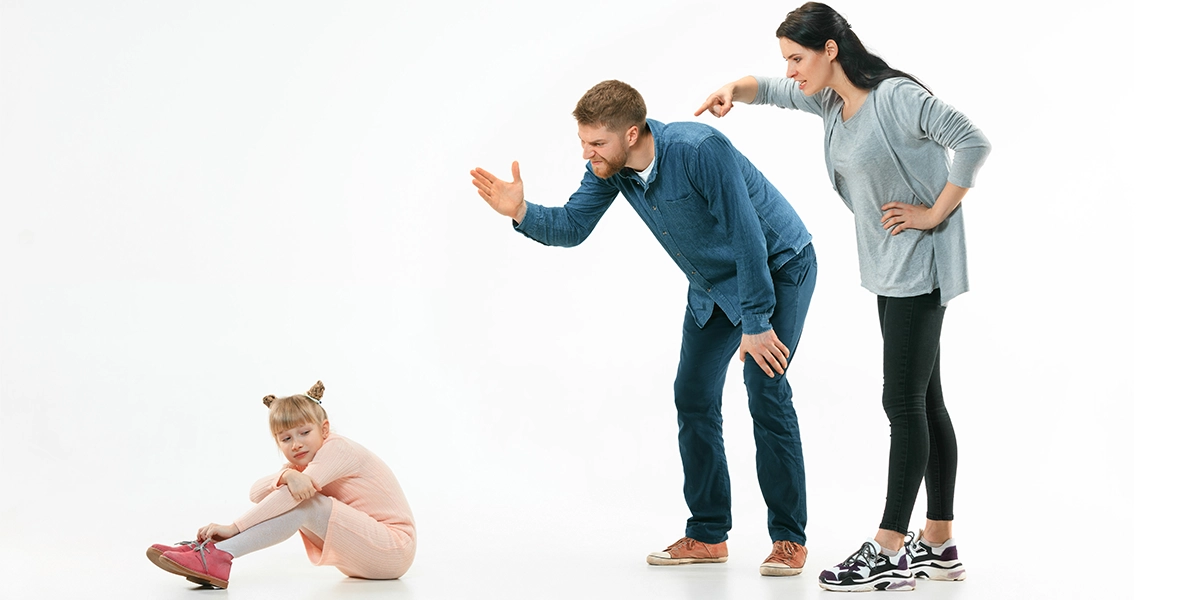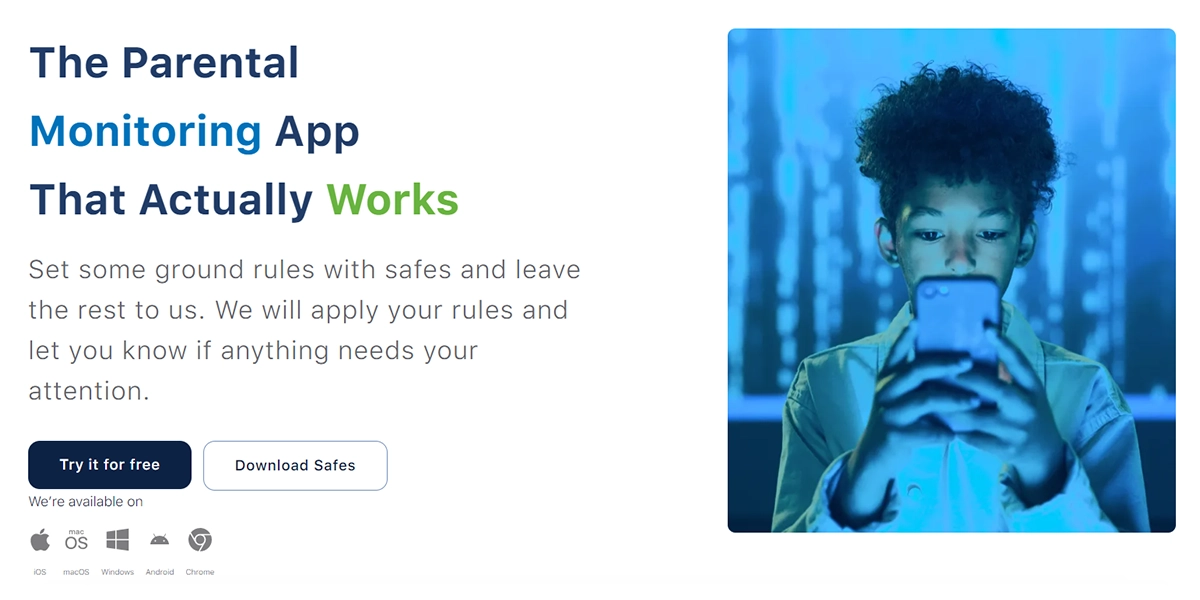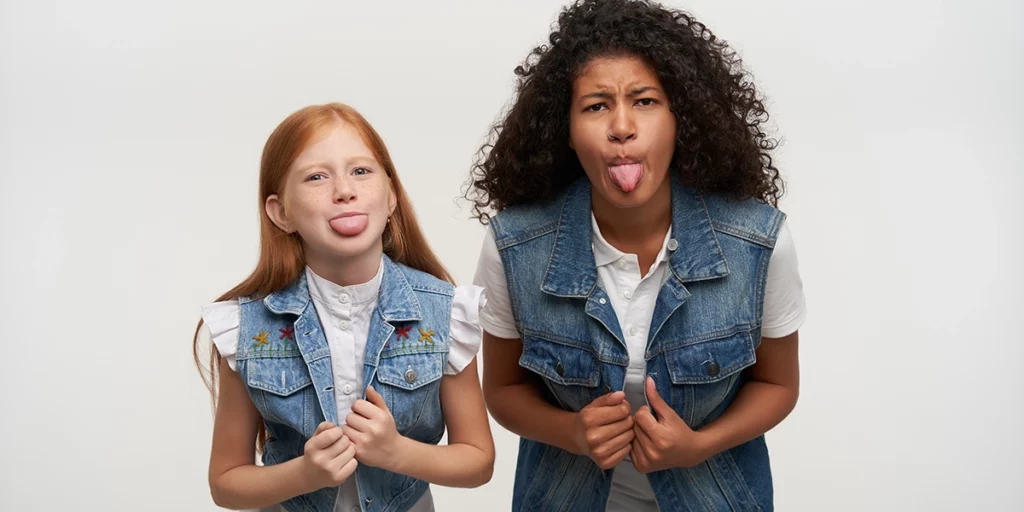Disrespectful children can be a challenge to manage. They test your patience, sometimes your boundaries, and even your kindness. However, with time, you’ll realize these challenging traits are just symptoms of a deeper problem. Your child may not like feeling subordinate or dependent on others. They may also feel intimidated by the adult world. If their childhood were filled with sarcasm and mockery from others, they would always have an inferiority complex about themselves. Whatever the case may be, it’s essential to understand why these children act the way they do and how you can address the issue with help from professionals. Here are what causes a child to be disrespectful and how to help them.
Download and Start Your Free Trial of the Safes Parental Control App
Lack of Boundaries and Consequences
Disrespectful children often lack clear boundaries. They don’t know when to stop talking, what to expect due to their behavior, or how to manage their emotions. This can be due to a number of factors:
- You may not have established clear rules for your child.
- You may have been too lenient with your child’s behavior.
- Your child may have witnessed parents who lacked boundaries and consequences.
A lack of boundaries means your child doesn’t know how to control their emotions or words. They might be mad but don’t know how to express it. They might be sad but don’t know how to show it. This can lead to a great deal of frustration and anger for the parents.
Common Ways Parents Model Disrespectful Behavior
We’ve all been guilty of certain things as parents. Sometimes, we may behave in a disrespectful manner and model the wrong behavior to our children. This can include a lack of positive attention or excessive criticism or shaming. One way to identify if you’re being disrespectful is to examine how you model your relationship with your child:
- You model a dependent or submissive relationship. If you’re too lenient or too critical, it’s possible you’re modeling this for your child as well.
- You model an aggressive relationship. If your communication is filled with sarcasm, mockery, or put-downs, your child may pick up on this.
- You model an unemotional relationship. If you’re too harsh or too lenient, you may wind up shaming your child instead of building their confidence.
- You model a hierarchical relationship. This is more of an underlying issue than a specific behavior. If your relationship is unequal, it’s likely your child will pick up on this too.

Importance of Positive Attention and Communication
When a child isn’t treated with respect, they may feel like they don’t deserve to be loved. When they feel like this, they may begin to develop low self-esteem. If they don’t have high self-esteem, they may act out to get attention. They may become manipulative and even aggressive. Children with low self-esteem may also have a hard time learning the importance of empathy and compassion. If they don’t learn these early on, they may grow up to be adults who are self-centered and insensitive to others’ feelings.
It’s important to model positive attention and communication as a parent. If your child feels loved by you, they may begin to feel loved by themselves. You can do this in a variety of ways:
- Be present: Make sure to focus on your child and show them how important they are to you.
- Be patient: As a parent, you have the right to expect your child to follow the rules and do their chores. However, you don’t have the right to overreact to your child’s behavior.
- Be honest: If you say you’re going to do something, do it. If you’ve taken a decision, let your child know.
- Be empathetic: Don’t just tell your child to be positive; show them through your actions. This could include complimenting them, hugging them, or apologizing if you’ve hurt their feelings.
- Be kind: Don’t talk down to your child or treat them like they’re inferior just because they have poor behavior.
- Be helpful: As a parent, it’s your job to provide your child with the tools they need to succeed in life. If you can help them with their homework, exercise, or reading, they may begin to see the importance of cooperation and helping others.
- Be mindful: When you’re with your child, be conscious of how you’re interacting with them.
- Be clear: Confusion and frustration might surface when your child doesn’t understand something you’ve said.
Influence of Peers and Media on Children’s Behavior
The relationships your child builds with their peers can have a lasting impact on their behavior. Children who grow up in a competitive or bullying environment may struggle with anger or may even become bullies themselves. Children who spend a lot of time around people who abuse drugs or alcohol may also be at an increased risk for substance misuse.
Kids are easily influenced by the media as well. They may pick up on things like disrespect, aggression, and hierarchical relationships in the media and develop these ideas in their own relationships. Parents can help their children avoid this by steering them clear of these kinds of media. It’s important to talk to your child about what they watch on television or play on their computer. This can help you spot problems before they become bigger problems in your child’s life. If your child has a computer or smartphone, make sure to set rules about what kind of content they can view.
Safes Is a Solution to Avoid Harmful Media Influence
Using parental control apps, such as Safes, is an excellent solution to help your child avoid wrong role models and online deviant content that have a negative influence on their attitude. Safes offers you a variety of tools to monitor and control your child’s activity on social media, websites, and search engines.
Safes is available on both Android and iOS devices. To learn more about it, use the links below:
- Windows parental controls
- Macbook parental controls
- Parental controls on Android
- iPhone parental controls
You can also sign up for a free trial to experience all the features Safes has to offer.

How Developmental Factors Can Contribute to Disrespectful Behavior
There are a number of developmental factors that can contribute to disrespectful behavior among children. Some of these include:
- Childhood Bullying: As explained in the “What Are the Effects of Cyberbullying on Children” article, children who were bullied in their childhood often grow up to bully others. They might bully others because they’re trying to “do something about” what happened to them as children.
- Childhood Depression: Children who are depressed may lash out at others or even commit suicidal acts. They may also have poor parent-child bonding as a result of their depression.
- Childhood Physical Abuse: Children who experience physical or emotional abuse may have poor self-esteem and have a hard time forming healthy relationships as adults.
- Poor Parenting: Parents who are abusive or lack discipline may foster a behavior in their child that makes them feel powerless or inadequate and, as a result, show disrespectful behaviors.
Concluding What Causes a Child to Be Disrespectful
The root causes of disrespectful behavior in children can be complex and varied, ranging from lack of boundaries and consequences in the home, to the influence of peers and media. Parents can play a big role in modeling respectful behavior and providing positive attention, while developmental factors can also contribute. Ultimately, the key to understanding disrespectful children is to recognize the individual needs and circumstances of each child, and to create an environment in which respect and understanding are encouraged.
Your Child’s Online Safety Starts Here
Every parent today needs a solution to manage screen time and keep their child safe online.
Without the right tools, digital risks and excessive screen time can impact children's well-being. Safes helps parents set healthy boundaries, monitor activity, and protect kids from online dangers—all with an easy-to-use app.
Take control of your child’s digital world. Learn more about Safes or download the app to start your free trial today!




